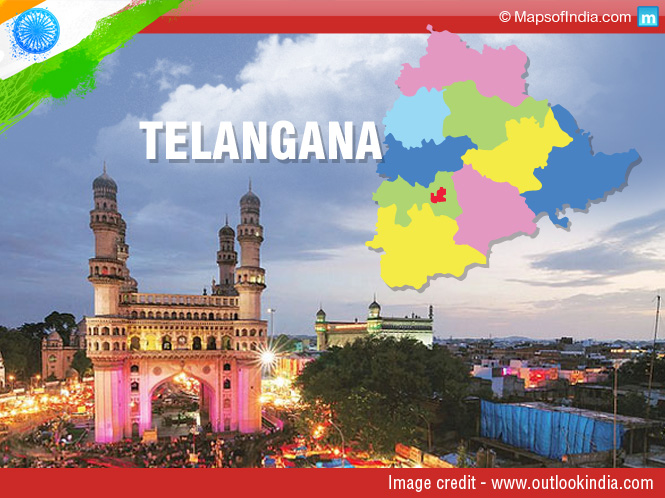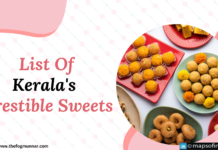India got a new state on 2 June 2014 – Telangana. What is the history of this state? Why a separate state at all? What’s its economy like? If these and other such questions are troubling you, read on for ten of the most important facts on the state of Telangana:
- When India achieved Independence in 1947, the region of Telangana was included in the princely state known as Hyderabad. The Nizams had been the rulers of this kingdom from the 18th century onwards. The word Telangana was used with the purpose of distinguishing the parts of Hyderabad that spoke Telugu from the ones that did not do so. In fact, it is said that Hyderabad was once the wealthiest and biggest of its kind in India, right from 1724 to 1948. It had its exclusive facilities such as army, postal system, airlines, currency, systems of telecommunication, radio broadcast facilities and a network of trains, to speak of a few.
- After India became independent, the then Nizam wished Hyderabad to be an independent state as well and also thought of becoming a part of Pakistan. However, the state became a part of India in 1948 after a brief military campaign.
- Now, the second question on people’s minds regarding Telangana would be that why did the people of Telangana want to be separated from Andhra Pradesh? The people in Telangana say that they were treated in an unfair manner by the various governments that ruled Andhra Pradesh. Sufficient infrastructure or industrial development did not take place in the state and the region saw higher unemployment. It is also stated that in terms of employment in government offices, people from Rayalseema were preferred over those from Telangana.
- It is also said that the Telangana region has suffered a substantial amount of cultural abuse. The form of Telugu spoken in the region is often said to be the less refined version of the language and most of the villains in mainstream Telugu films are basically modelled on people from the region. The movement for a separate Telangana has been going on since 1969, when the first protests for this cause took place.
- Telangana itself is big enough to be considered as the 33rd biggest country of the world. This is perhaps not surprising, given the fact that India is the 7th biggest country of the world.
- Telangana is the 29th state of India. It has a total area of approximately 1,30,000 square kilometres. It has 17 seats in the Lok Sabha and 119 seats in its assembly. About 35 million people live in the state.
- Not many might know, but P.V. Narasimha Rao hailed from Telangana. He became the ninth person to adorn the position of the Prime Minister of India.
- The districts that make up Telangana comprise 60% of the aggregate taxes paid in Andhra Pradesh when the state was yet to be divided. In these districts the per capita income has been estimated at INR 69,000 per annum. Between financial years 2007-08 and 2011-12, the GDP of the region grew at an average of 7%. For the remaining part of Andhra Pradesh, the yearly per capita income is INR 65,000. The rate of economic growth is a touch slower at 6.8%. This shows that Telangana would be a better place compared with Rayalseema from an economic point of view.
- Hyderabad is the capital of Telangana. Its annual per capita income is INR 3.4 lakh. Between 2007 and 2012 there has been a growth of 10.2% in the city’s economy. Economic deprivation was, in fact, one of the major reasons as to why the people of Telangana wanted to have their separate state.
- The Osmania University was the focal point for starting the Telangana movement. Named after the final Nizam of Hyderabad, the university was inaugurated in 1918. This university happens to be the 7th in India in terms of age. It was also the first of its kind to have been set up in Hyderabad.
Related Information:
Mission Bhagiratha in Telangana





